Domestic cats, with their myriad fur patterns and colors, offer a fascinating glimpse into the world of genetics and evolution. The unique patterns you observe on your feline friend are the results of complex interactions involving genes, environment, and sometimes even a touch of unpredictability. This article explores 12 distinct fur patterns found in domestic cats, providing insights into their origins and variations. Whether you’re a cat lover or simply curious about nature’s artistry, this exploration into feline patterns promises an engaging read.
Classic Tabby
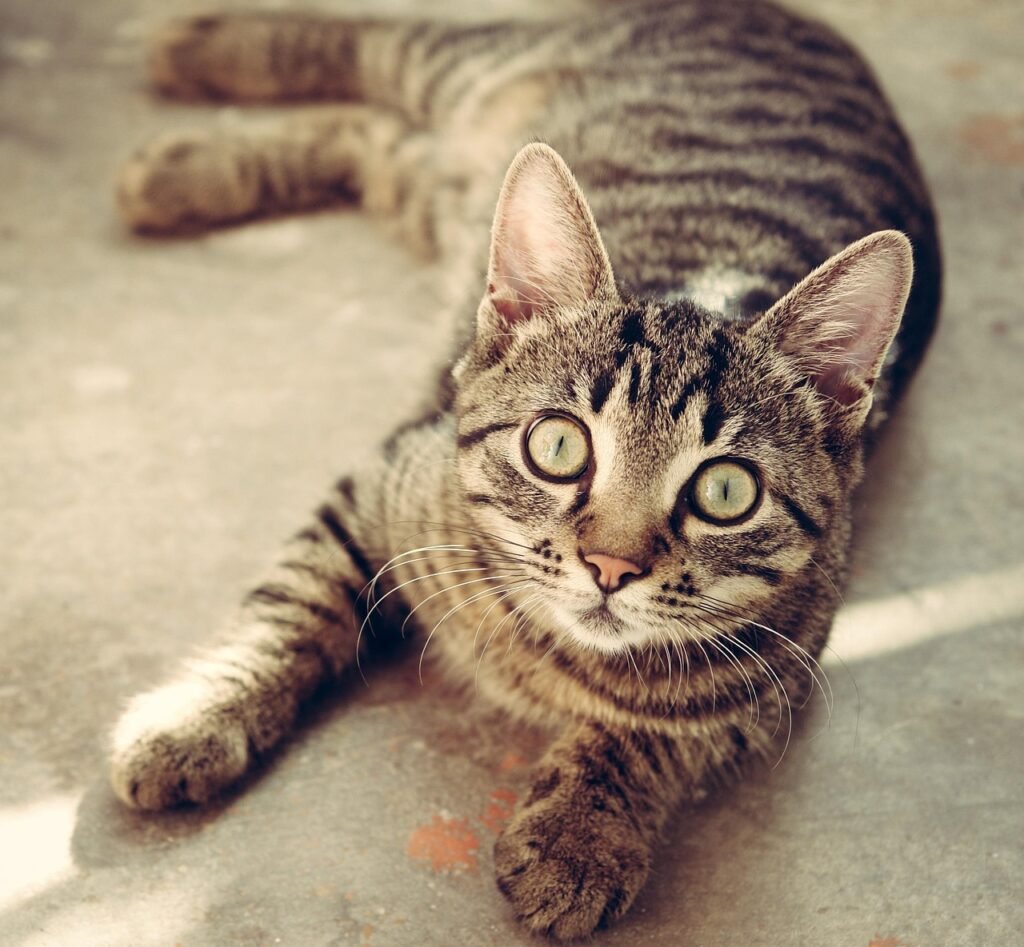
The classic tabby pattern, often described as a “bullseye” or “swirled” pattern, is one of the most recognizable in domestic cats. This pattern features broad, circular markings on the cat’s sides and a distinct “M” shape on the forehead. These swirls can vary in intensity and size, offering a dynamic appearance that seems to transform as the cat moves. The classic tabby pattern is more than just beautiful—it’s deeply rooted in the cat’s wild ancestors, offering optimal camouflage.
Mackerel Tabby
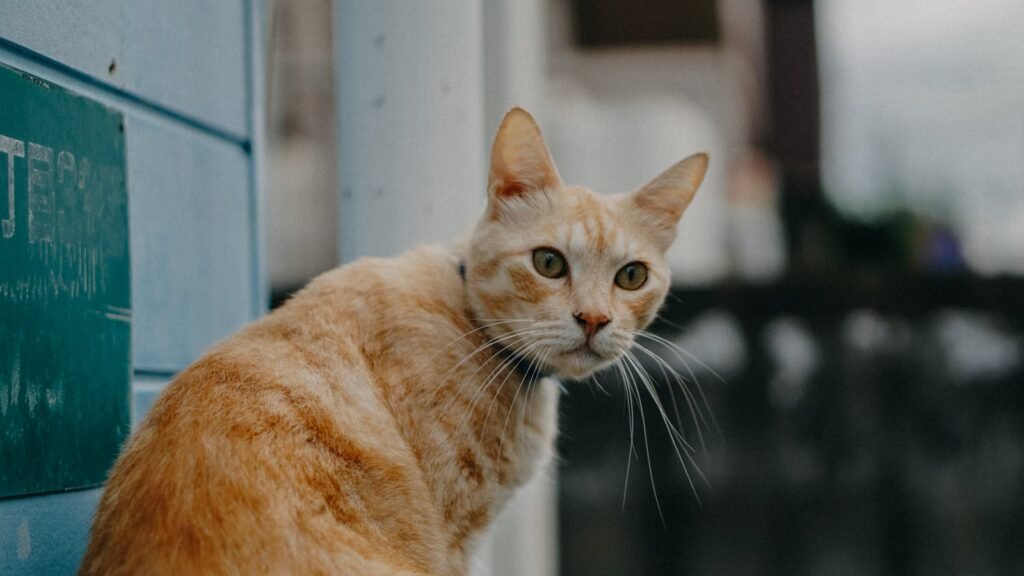
The mackerel tabby pattern is characterized by narrow, parallel stripes that run vertically down the sides of the cat. Resembling the bones of a fish skeleton, this pattern is also known as “tiger striped.” The mackerel tabby is believed to be one of the most ancient fur patterns, evolving to aid in stealth and hunting. This pattern is prevalent among various domestic breeds, showing nature’s penchant for functionality coupled with aesthetics.
Spotted Tabby
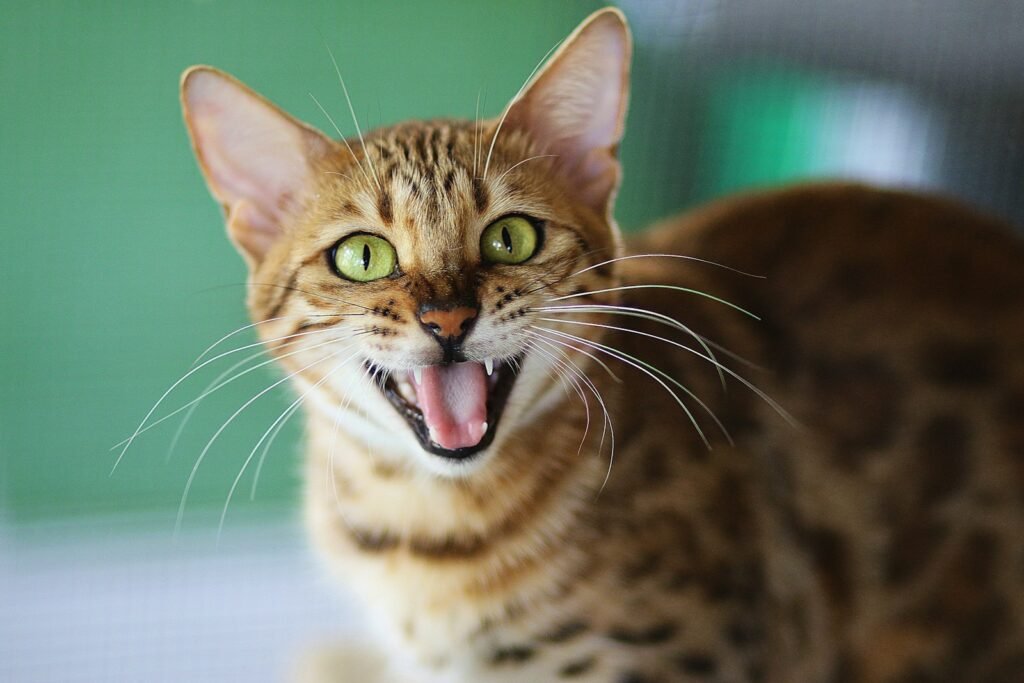
Unlike the striped designs of classic and mackerel tabbies, the spotted tabby pattern features distinct spots across the cat’s body. The spots can range from small dots to larger rosettes and are sometimes seen in wild cats like leopards and ocelots. The gene responsible for this transformation from striped to spotted remains a topic of scientific inquiry, but the result is a visually striking and unique coat pattern.
Ticked Tabby
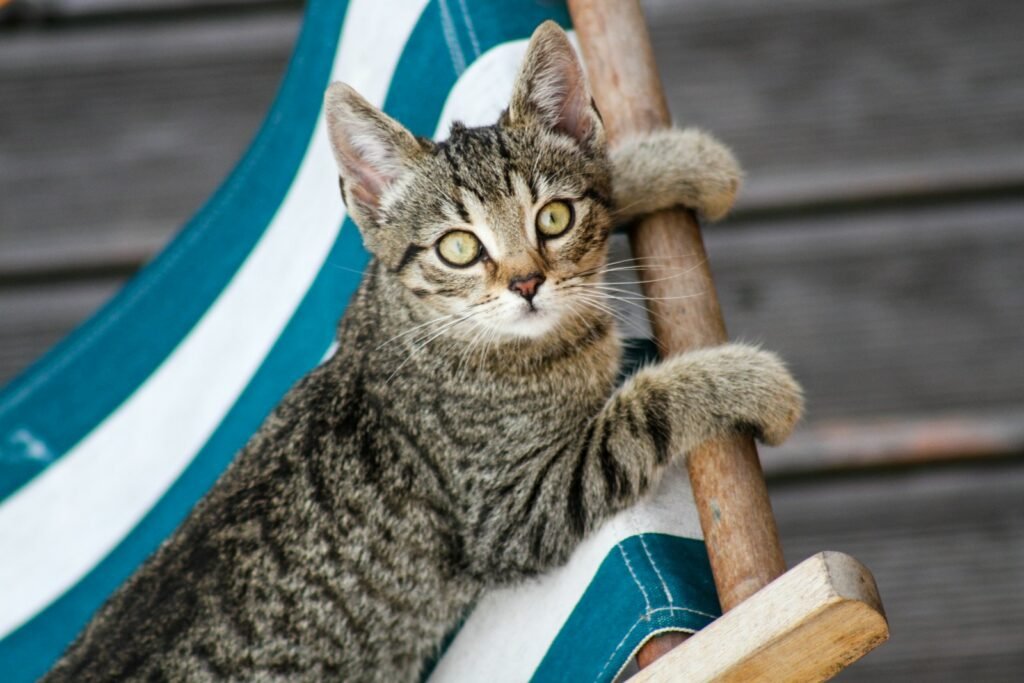
The ticked tabby pattern, unlike other tabby variations, lacks the typical stripes or spots across the body. Instead, ticked tabbies appear to have a more uniform color due to their distinct agouti hairs—each hair is banded with multiple colors. This pattern creates a salt-and-pepper or “sand” appearance, often seen in breeds like the Abyssinian. The ticked tabby pattern offers a subtler kind of beauty, with a shimmering effect that dances in the light.
Solid or Self Color
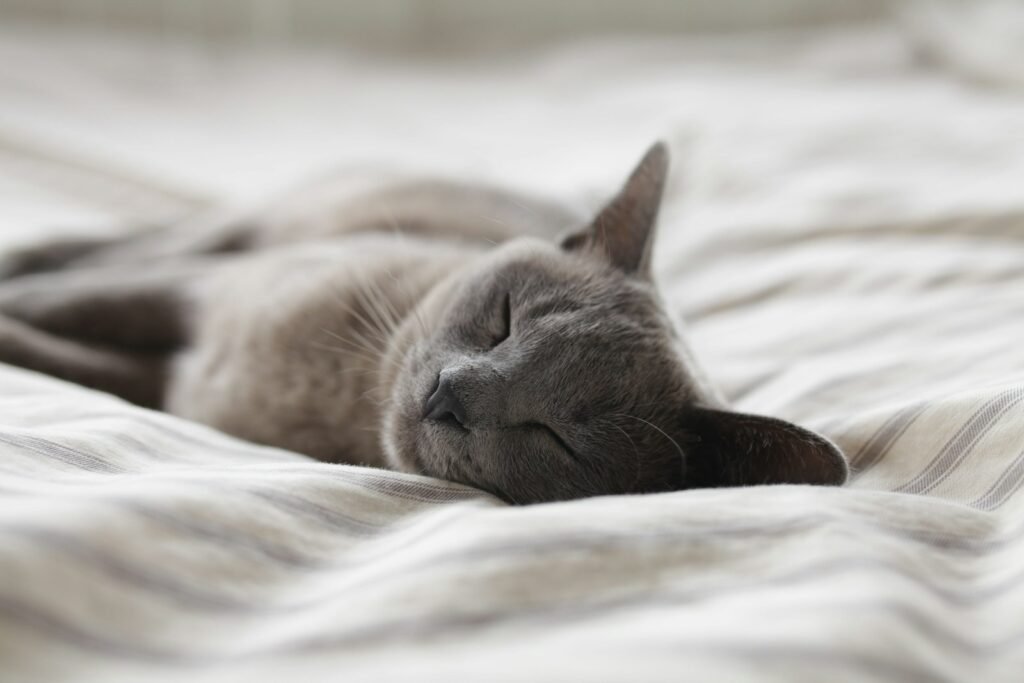
Solid-colored cats exhibit a uniform coat without noticeable markings or color variations. This pattern, known as “self color,” allows the individual hue of the cat’s fur to take center stage. Solid black or white cats are common examples, but this pattern can be any color. Genetic mutations affecting pigment distribution usually result in a solid-colored coat, illustrating the diversity and complexity of feline genetics.
Bi-Color

Bi-color cats have coats composed of two distinct colors, typically a combination of white and another primary color, such as black, grey, or orange. Patterns can vary from those with a small amount of white to those with large white areas, including the popular “tuxedo” cats, which resemble formal wear. This pattern derives from a genetic process known as piebalding, where colored fur areas are interspersed with unpigmented, white patches.
Calico
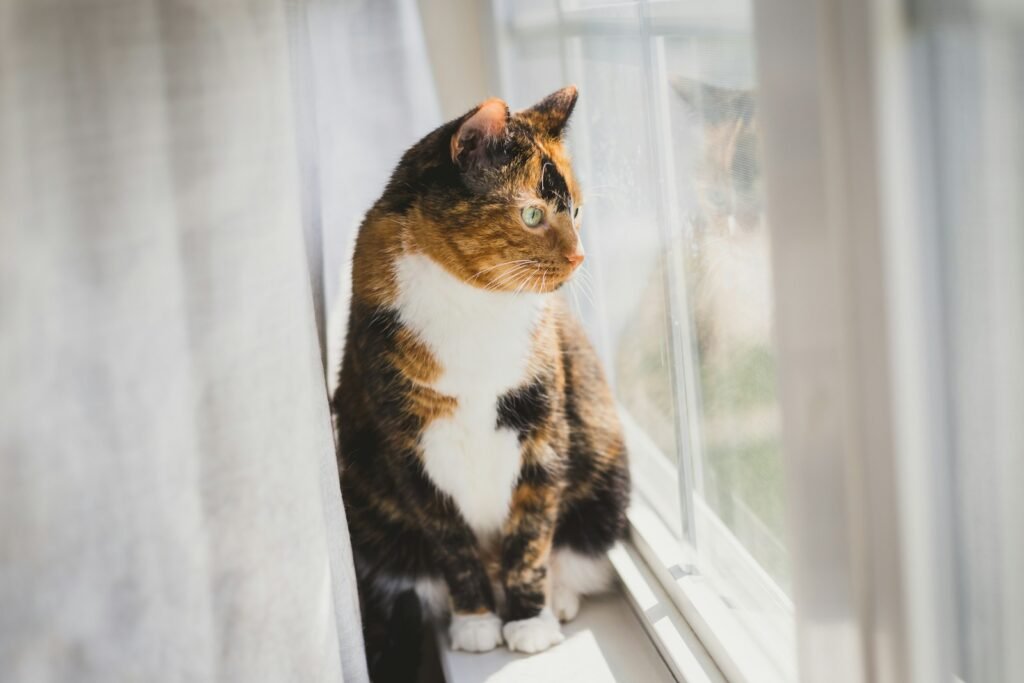
Calico cats are a dazzling medley of orange, black, and white. Unlike other patterns, calicos are predominately female due to the genetic basis tied to the X chromosome. This tri-color pattern results from a phenomenon called X-inactivation, where one of the two X chromosomes in each cell becomes inactive, leading to distinct patches of color. Calico patterns are unique to each cat, making them a favorite among many cat enthusiasts.
Tortoiseshell
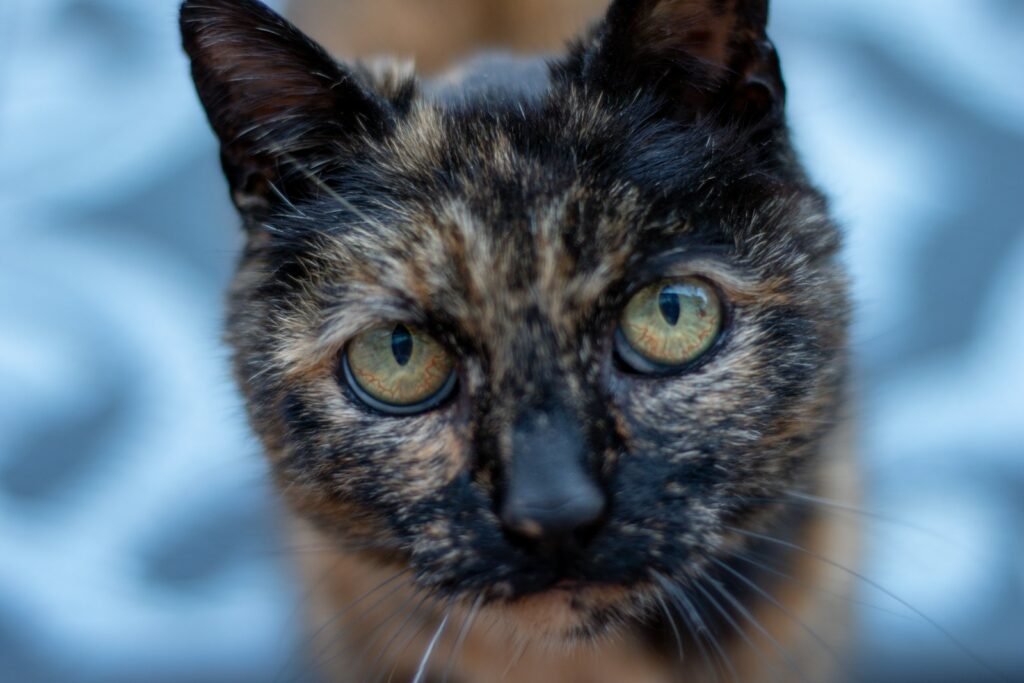
Tortoiseshell cats, often referred to as “torties,” feature a mix of black and orange fur without white present, unlike their calico counterparts. The pattern appears in a beautiful patchwork of vivid reds and browns, created by the same genetic mechanism—X-inactivation—that affects calicos. Tortoiseshell patterns vary widely, ranging from bold, solid splashes to intricate, interwoven blends of color.
Smoke
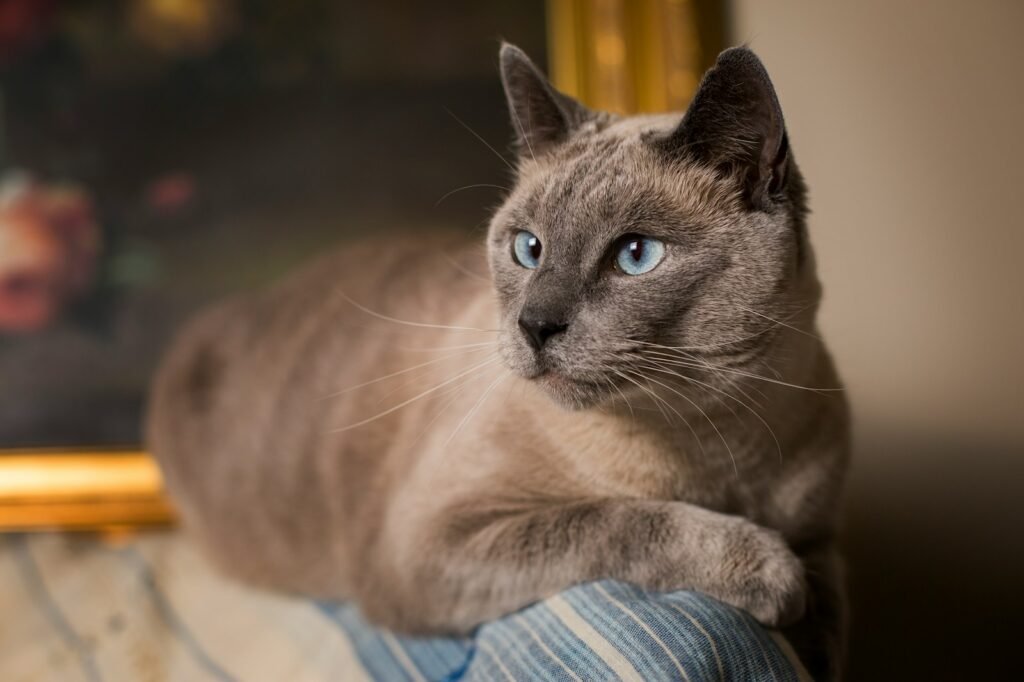
Smoke-patterned cats display coats that are an evocative combination of solid color on the surface with white or light-colored undercoats. This pattern creates an ethereal, shimmering effect as the cat moves. The apparition-like smoke appearance results from a recessive gene that dilutes the color of the hair shaft towards its base. Smoke patterns often accompany breeds with long, luxurious fur, enhancing their mystical allure.
Color Point

Color-point cats exhibit a pattern characterized by a lighter body with darker colors on the extremities, such as the ears, face, paws, and tail. This distinctive coloring arises from temperature-sensitive genes that cause the extremities of the body to be darker where it is cooler. Popular among Siamese and Himalayan breeds, the point coloration not only serves aesthetic purposes but also suggests an adaptation for heat regulation.
Van Pattern
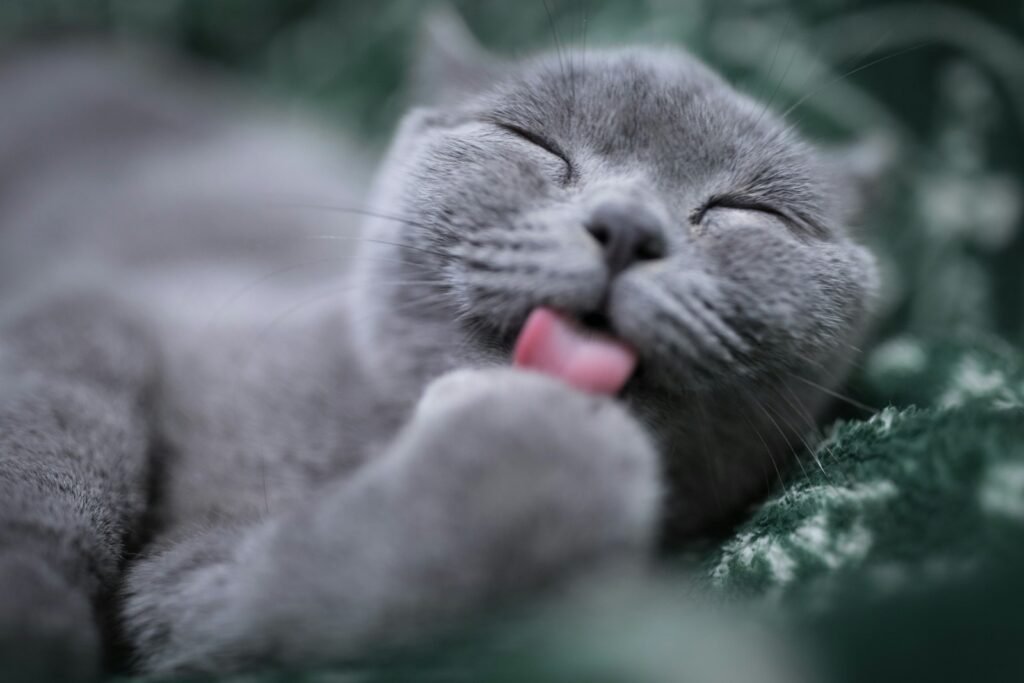
Named after cats originating from the Lake Van area in Turkey, the van pattern is predominantly white with color confined to the head and tail. This particular pattern embodies the piebald gene at maximum expression, where color is restricted to particular zones on the cat’s body. The van pattern offers a striking, elegant appearance, emphasizing contrasts between fur colors and creating a captivating look.
Conclusion
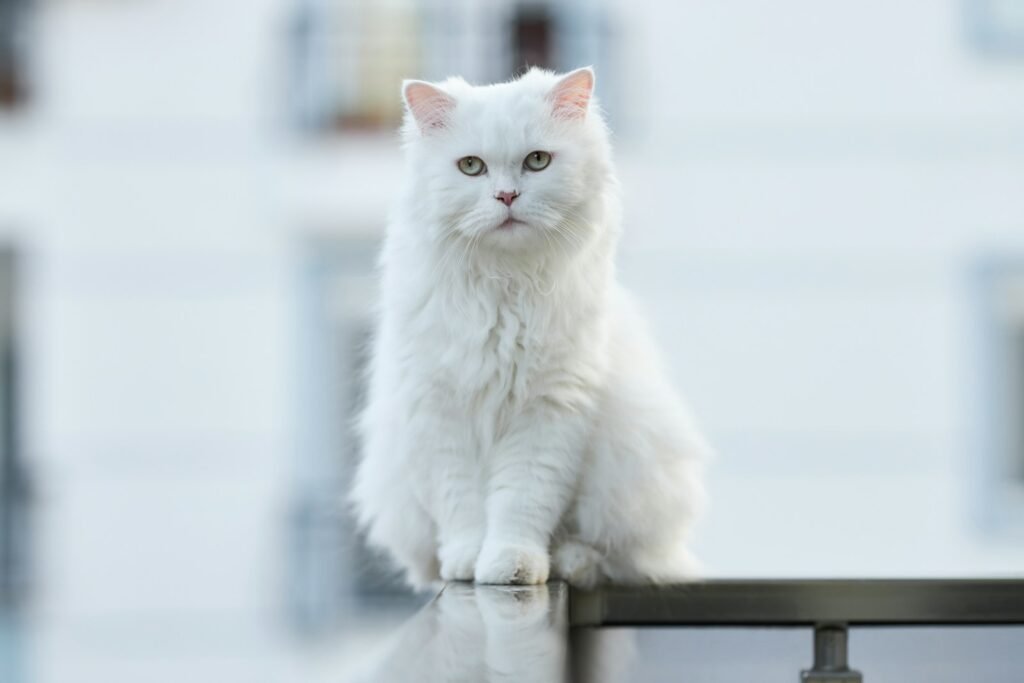
The myriad of fur patterns found in domestic cats showcases the incredible diversity and adaptability found within feline genetics. Each coat pattern tells a part of the evolutionary story, revealing a blend of biology, geography, and chance. Whether a house cat sports stripes, spots, solids, or intricate blends, these patterns contribute significantly to their charm and individuality, making our felines not only companions but also subjects of endless fascination.

Growing up traveling and experiencing new cultures and wonders, I have had a passion for nature, adventuring, photography, and videography. I am currently working towards a BSc in Biodiversity and Ecology at Stellenbosch University, and I hope to specialise in Marine Sciences one day.
Please send any feedback to Feedback@animalsaroundtheglobe.com






